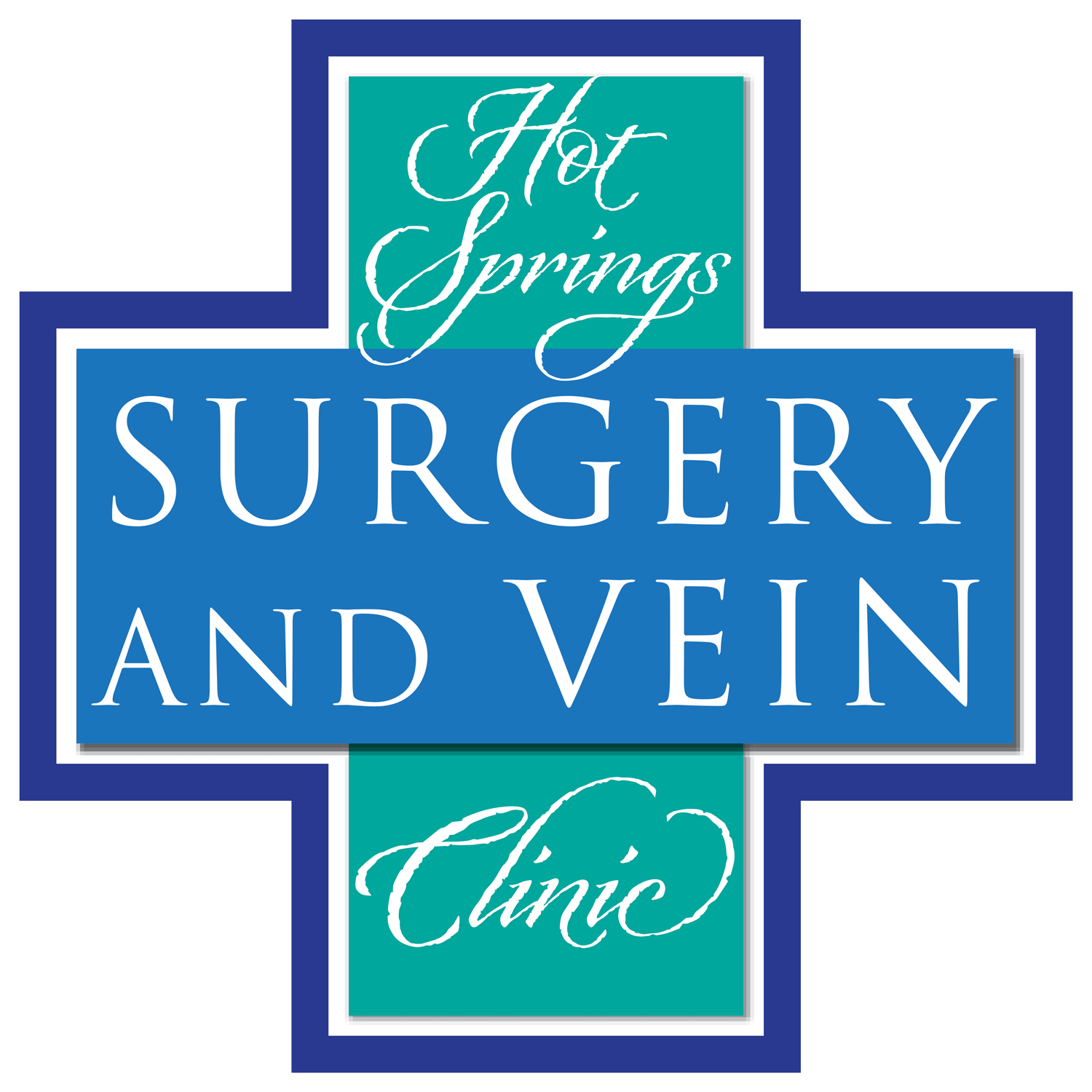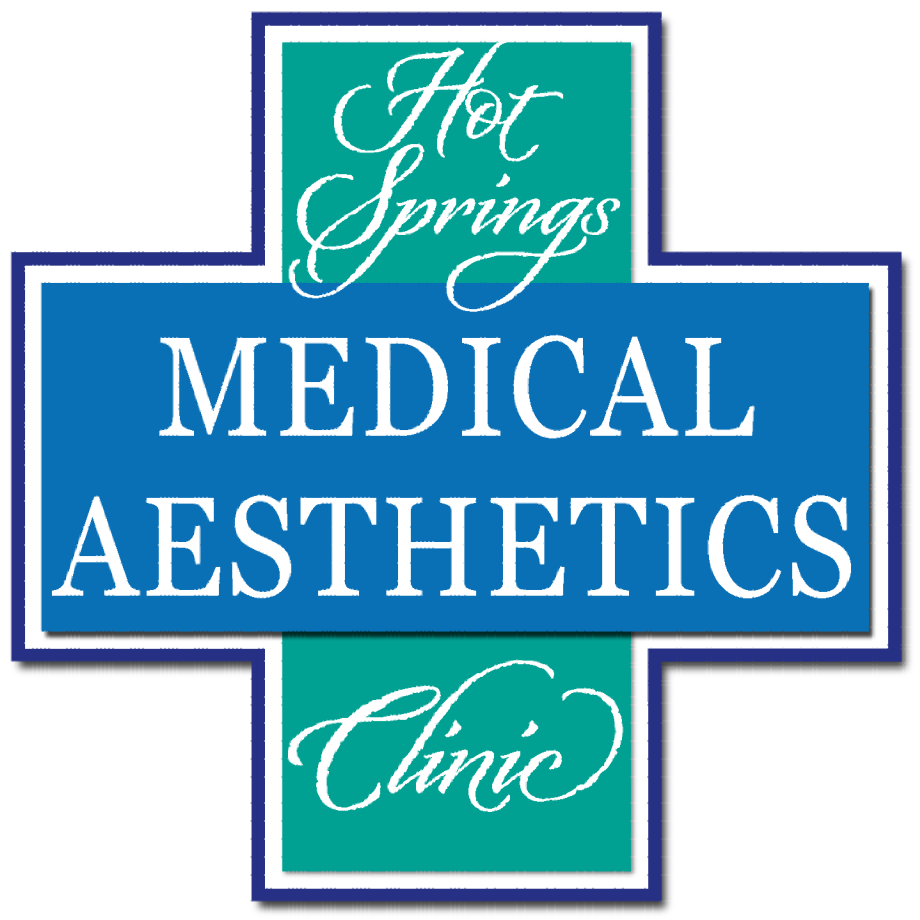It's Sclerotherapy Season!
Planning is needed to have beautiful legs. Cooler weather provides an opportunity to address the issue.
Varicose Veins Disease
Spider and tiny varicose veins are treated by injection of medications that irritate and inflame the vein walls and cause them to shrink, collapse and slowly fade away. This is known as “Sclerotherapy” and is accepted as the “Gold Standard” of treatments for such unsightly veins. It is the preferred technique over laser and intense pulsed light treatment. It is less painful, less costly, and more effective than laser. Laser and other modalities that are effective against veins on the face fail to permanently obliterate leg veins. This is because upper body veins and lower body veins are such “different animals”. The essential difference being that veins in the legs transport blood under high pressure compared with essentially “no pressure” facial veins. Treatment of spider veins with Sclerotherapy is considered to be for cosmetic purposes and is not covered by insurance.
Treatment Description
The area is cleansed and A small LED light is used to illuminate and identify veins. Then a small needle and syringe is used to direct the solution to these veins. The first veins injected are “Reticular Veins” that connect to and act as feeders for the overlying spider veins. Injecting sclerosant into these veins first often fills the overlying cluster of spider veins and makes the treatment faster and more effective. After the reticular vein, the remaining surrounding spider veins are treated.
Several medications are used for Sclerotherapy, ranging from concentrated saltwater solution to the most recently FDA approved medication, Polydochinol. Side effects and complications can occur with every sclerosant medication. Saline, widely used in the past, is usually painful and prone to cause skin ulceration. Polydochinol is my preference because of its safety and ease of use. It is painless and does not harm the skin. There are limits on how much medicine can be injected safely during a treatment session. Depending on how extensive the problem is, more than one session could be required to inject all the areas of concern.
Individual treatment sessions last about 30 minutes. Compression padding and stockings are applied before the patient stands. These remain in place for a minimum of 24 hours. As important as the direct treatment of the area, is the post use of compression stockings.
Post Treatment Care and Expectations
After treatment, the use of compression hose after injection is critical. Maintaining compression for 3 weeks is essential to the success of treatment. In fact, a better name for this form of treatment is “Compression Sclerotherapy.” External compression with stockings keeps the veins from filling and blood pooling when standing. Patients are encouraged to elevate their legs higher than their heart for 10 or 15 minutes several times a day. This helps to empty the veins. Walking also helps to maintain circulation in the treated area.
At first, veins become inflamed and look worse for a while before they can begin to fade. Once a vein is destroyed and fades away after sclerotherapy it is gone forever. Veins do not come back to life. People with the inherited predisposition to form spider veins will often make new ones in the same areas. It is best to have new veins treated before it gets to be overwhelming. Wearing support hose can help prevent or delay the appearance of new veins.
It is vital to have realistic expectations for treatment. No matter what you may have seen on TV, after injection spider veins, results may take months to fade. Sclerotherapy is a process, and it requires a commitment of your time to looking better and improving the circulatory health of your legs.



